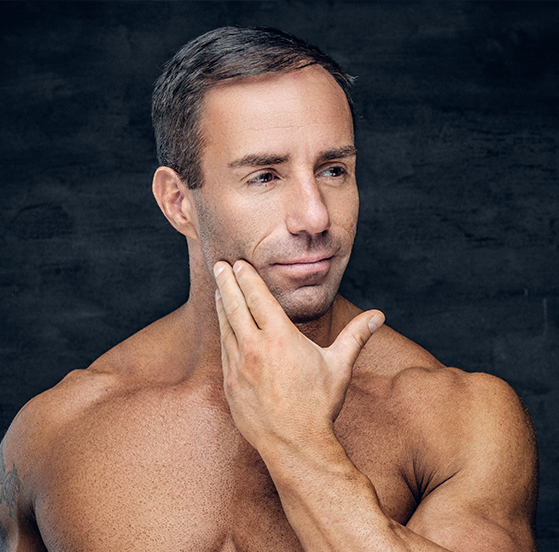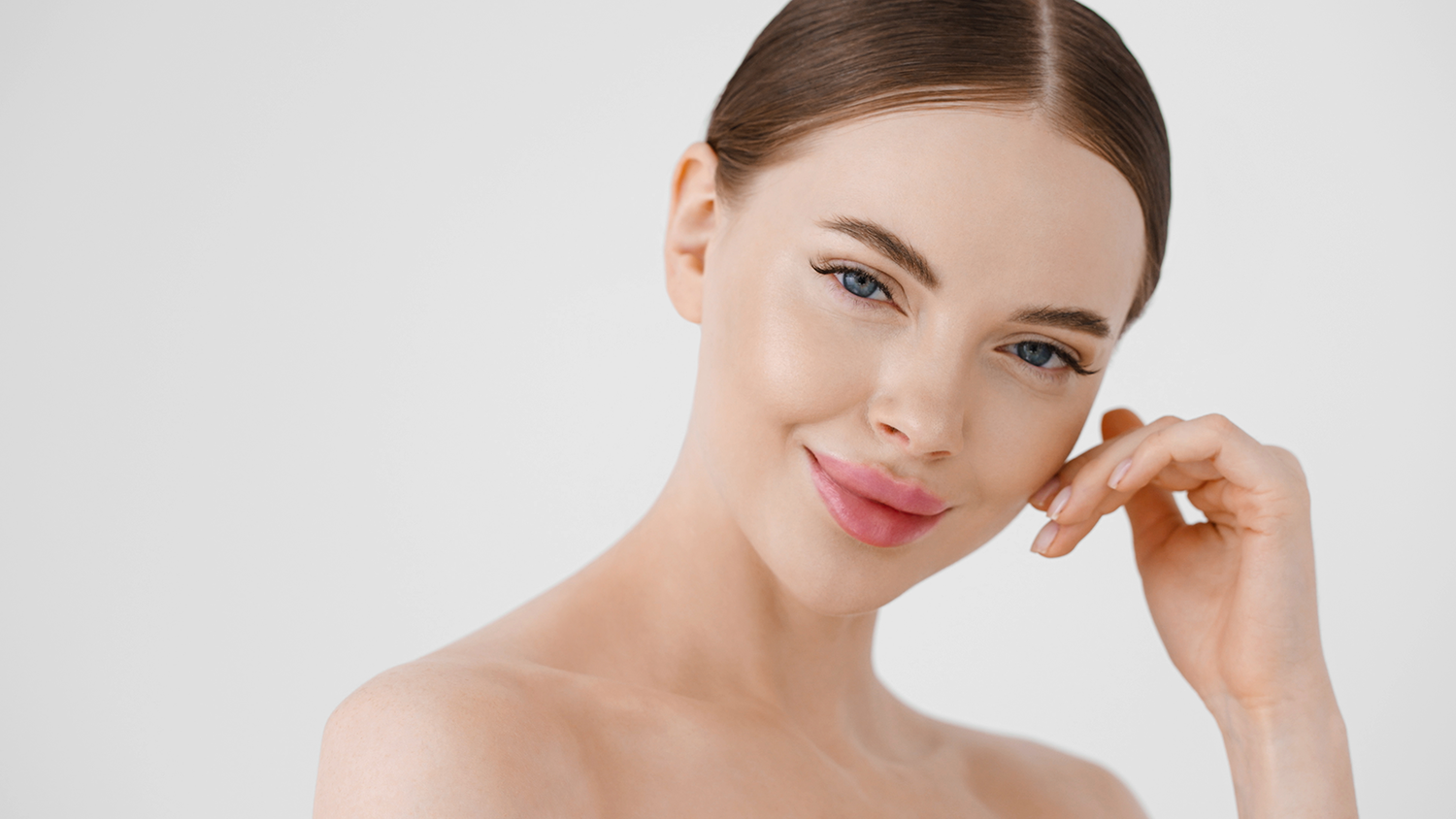Transform Your Look With a Slimmer Face
A rounder face is often associated with a youthful look characterized by softness. At the same time, an angled face tends to be found more attractive in Western societies due to its sharper features and perceived symmetry. While there are many reasons why a face is rounded, giving a heavier appearance, one is the buccal fat pad. With buccal fat pad removal, patients can significantly reduce facial plumpness, resulting in a slimmer and more sculpted face. Pearce Plastic Surgery offers buccal fat removal to help Austin, TX patients achieve this. To learn more about buccal fat removal or to schedule your consultation with Dr. Paul Pearce, contact a member of our team.
Book NowWhat Is Buccal Fat Removal?
Pearce Plastic Surgery offers buccal fat removal to remove fat from the face. This procedure is performed by removing the pads of fat found in the cheeks. This cosmetic surgery can improve the appearance of chubby cheeks when diet and exercise are no longer effective. Dr. Pearce can help you determine if buccal fat reduction is an ideal option for you. Schedule a consultation for a customized treatment plan created by our team designed to help you achieve your aesthetic goals.
Who Is a Good Candidate for Buccal Fat Removal?
Ideal candidates for buccal fat pad removal are patients in good overall health with a rounded face, irrespective of diet and exercise. Those who smoke, including vaping, pose a higher risk of wound healing complications but may still undergo the procedure with proper pre-op preparation.


How Is Buccal Fat Removal Performed?
Buccal fat removal is performed either under general anesthesia in the operating room or under local anesthesia in the office while you are awake. This procedure typically takes an hour to complete. Dr. Pearce will begin by creating small incisions on the lower portion of your cheeks inside your mouth. The buccal fat pads will be removed from each side, creating your desired aesthetic. Once the incision has been properly closed, your recovery will begin. Our team will provide you with aftercare instructions to optimize your healing.
What Is recovery from buccal fat pad removal like?
After buccal fat pad removal, patients will experience facial swelling for approximately 1 to 2 days. Dr. Pearce will provide a compressive garment to reduce swelling. This garment should be worn continuously for five days after surgery and only at night for the next seven days. During the first 48 hours, Dr. Pearce recommends a soft diet to allow the incisions in the mouth to heal. As time progresses, the swelling will diminish, and patients will observe the final results within six months of the procedure.
Book Now
Effortless Facial Contour.
Reveal a slimmer, more defined facial contour with our expert Buccal Fat Removal treatment. Book your consultation today and let our skilled team guide you with precision, care, and personalised attention every step of the way.
Book NowBuccal Fat Removal FAQs
Buccal fat pad removal does not require an operating room visit for every patient. This procedure can be performed in our office under local anesthesia for eligible patients. Patients can use a light oral sedative or our PRO-NOX™ device for added comfort during the procedure. However, regardless of the location, all patients undergoing this procedure must arrange for transportation to and from the appointment. Patients are not permitted to drive home after this procedure.
The timeline for buccal fat pad removal results can vary from patient to patient, but typically, noticeable changes start appearing earlier, with complete results seen after six months.
Dr. Pearce goes to great lengths to remove only the proper amount of buccal fat to achieve the best results. While it is possible to remove the entire fat pad by retaining some fat in the cheeks, your enhanced look will last a lifetime.
No, the sutures Dr. Pearce uses in the mouth will dissolve with time, so there is no need to have them removed in the office.
Dr. Pearce asks his patients to refrain from heavy lifting or strenuous activity for about two weeks after surgery before returning to regular activities.

